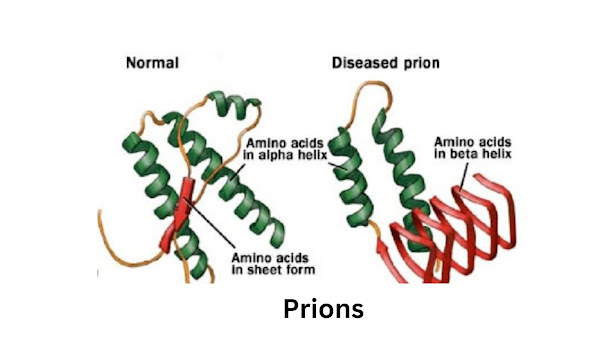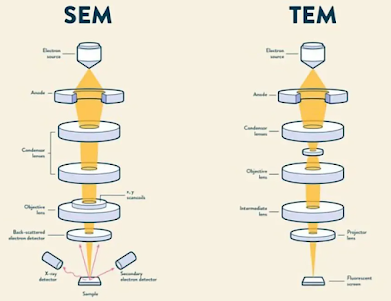Understanding the Basics of Fat: A Comprehensive Guide

https://educationtechbysapna.blogspot.com/2024/03/lichens-structure-and-function-of.html The Ultimate Guide to Different Types of Dietary Fats One of the three macronutrients that give the metabolic system the energy it needs to run properly is fat. Both unsaturated (good fat) and saturated (bad fat) fats are vital components of our daily diet and are required for our continued health. The foods we eat include both unsaturated and saturated fats. Two different kinds of fats: You must examine the two types of dietary fats—saturated and unsaturated—in greater detail in order to comprehend the function that fats play in a healthy diet. (Trans fats, a third type, are virtually nonexistent in American diet.) Saturated: This fat is referred to as "bad" fat. Animal foodstuffs like beef and pork as well as high-fat dairy products like butter, margarine, cream, and cheese are the main sources of it. A lot of quick, processed, and baked items including pizza...





.jpg)

